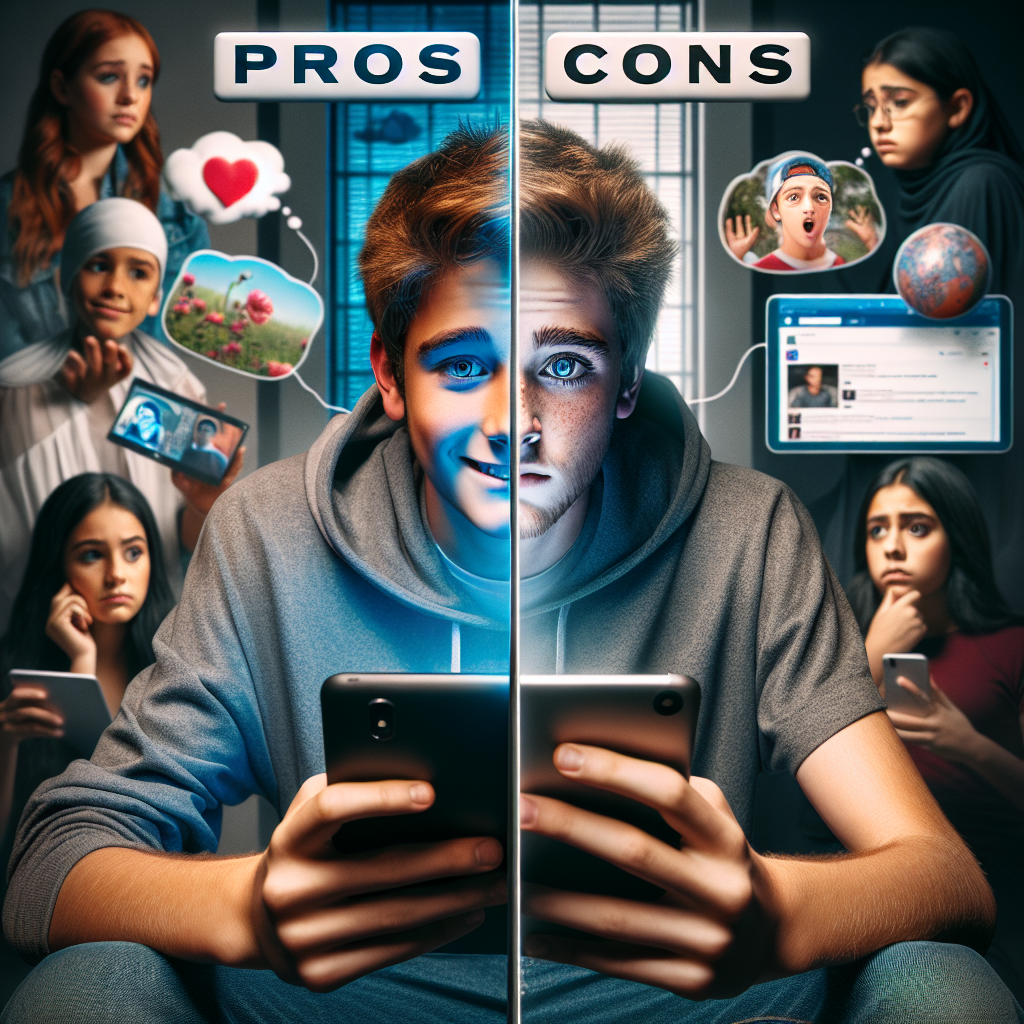In today’s digital age, social media has evolved into a central component of teenage life. Gone are the days when friendships were maintained through face-to-face interactions or phone calls. Instead, platforms like Instagram, TikTok, and Snapchat have transformed how teenagers communicate, express themselves, and navigate their social lives. This article explores the profound impact of social media on the lives of teenagers, examining both the positive and negative aspects.
The Social Dynamics of Teenagers in the Digital Era
Social media has redefined how teenagers interact with one another. Traditional methods of forming friendships have been complemented, and in many cases, replaced, by online interactions. With the advent of platforms that enable instant messaging and photo sharing, teenagers can maintain relationships over long distances and connect with people they may never have met in person. This accessibility fosters a sense of community among peers and helps teenagers find others with similar interests and experiences.
Moreover, social media allows teenagers to express their identities creatively. Platforms like TikTok encourage users to showcase their talents, whether through dance, music, or art. This creative outlet not only boosts confidence but also cultivates a supportive environment where adolescents can receive validation from their peers. However, this online validation can lead to unhealthy comparisons and a negative self-image if left unchecked, highlighting the dual nature of social media’s impact.
The Pitfalls of Social Media Exposure
Despite the numerous advantages, social media also presents significant challenges for teenagers. The constant exposure to curated lives can lead to feelings of inadequacy and anxiety, as young users may feel pressured to attain an idealized version of happiness and success. Cyberbullying has become a pervasive issue, with online harassment taking a toll on mental health. The anonymity provided by social media platforms can embolden individuals to engage in hurtful behavior that can seriously affect their peers.
Furthermore, the addictive nature of social media often leads to decreased face-to-face interactions. As teenagers spend more time scrolling through feeds, the quality of their in-person relationships can suffer. This reliance on digital communication can hinder the development of crucial social skills, impacting their ability to engage authentically in real-world situations.
In summary, social media has undoubtedly shaped the lives of teenagers, offering both opportunities for connection and expression while posing risks to mental well-being and interpersonal skills. As adolescents navigate this complex landscape, it is essential for parents, educators, and peers to offer guidance and foster a balanced approach to social media use. By encouraging meaningful offline interactions alongside online engagement, teenagers can thrive in both realms.

